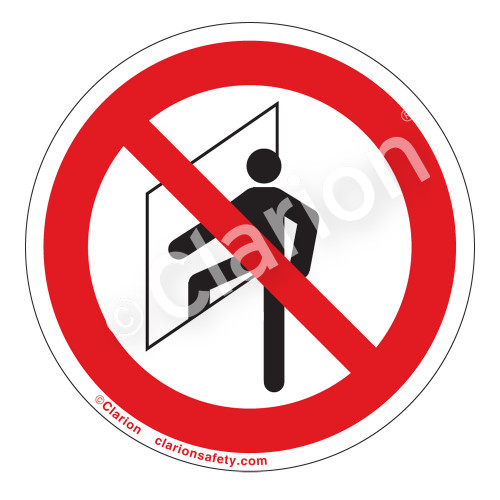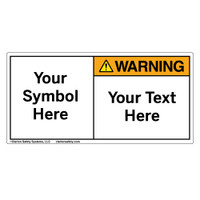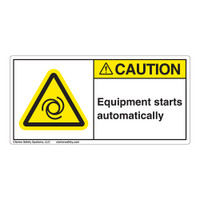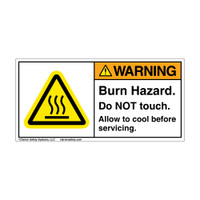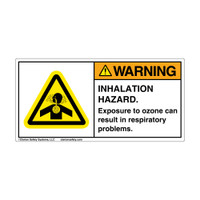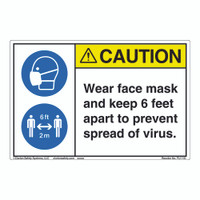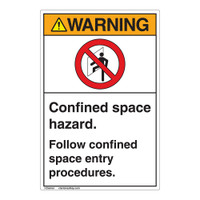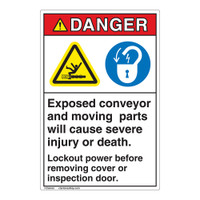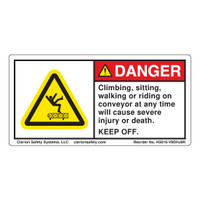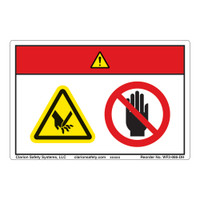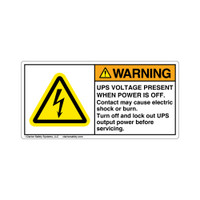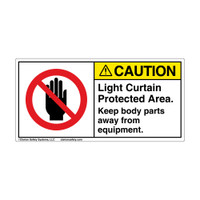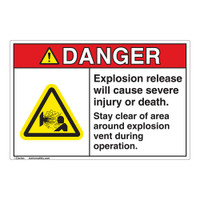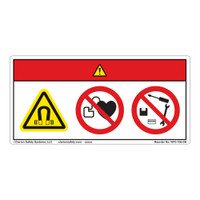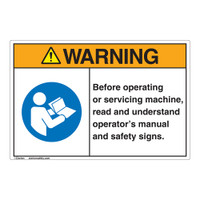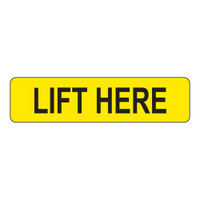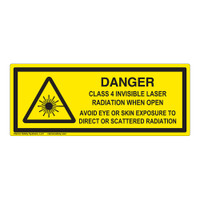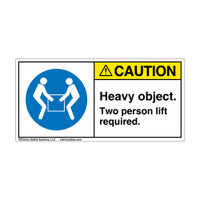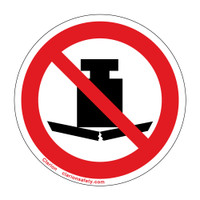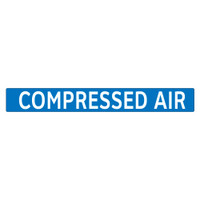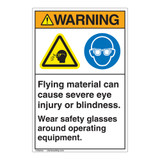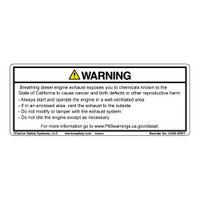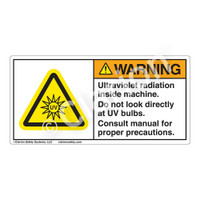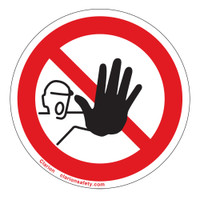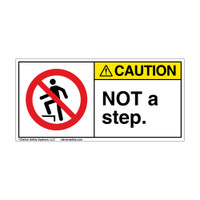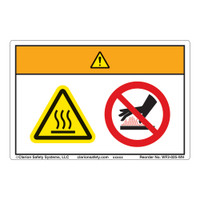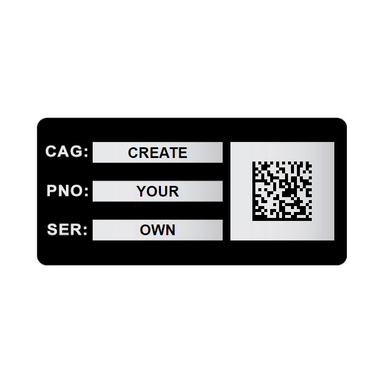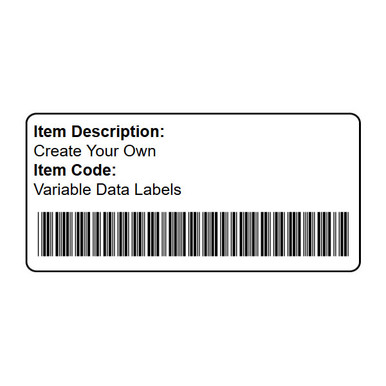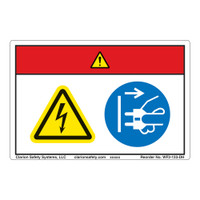Need a quote for our sign, label and tag products? Our customer service team is standing by to hear from you via phone, online chat or email! For your convenience, we also have two options you can use to submit your request quickly and easily online:
Option 1: Cart-to-quote Tool
Generate a quote for all of the items in your shopping cart. Simply add items to your online shopping cart and then click the "Get Quote for Cart Items" button in the cart preview dropdown or at the bottom of the cart page.
This option works great for both standard and custom products that are available for purchase on our website.
You must have items in your cart first to use the Dynamic Cart-to-Quote tool!
** If you just added an item to your cart - please refresh the page and try again.
Option 2: Quote Request Form
Request a quote by typing in the product part number(s) or a description of the custom part(s). You can also upload RFQ-related documentation, such as a drawings and specification sheets.
This option works great for products not available for purchase on our website and for complex quotes.



